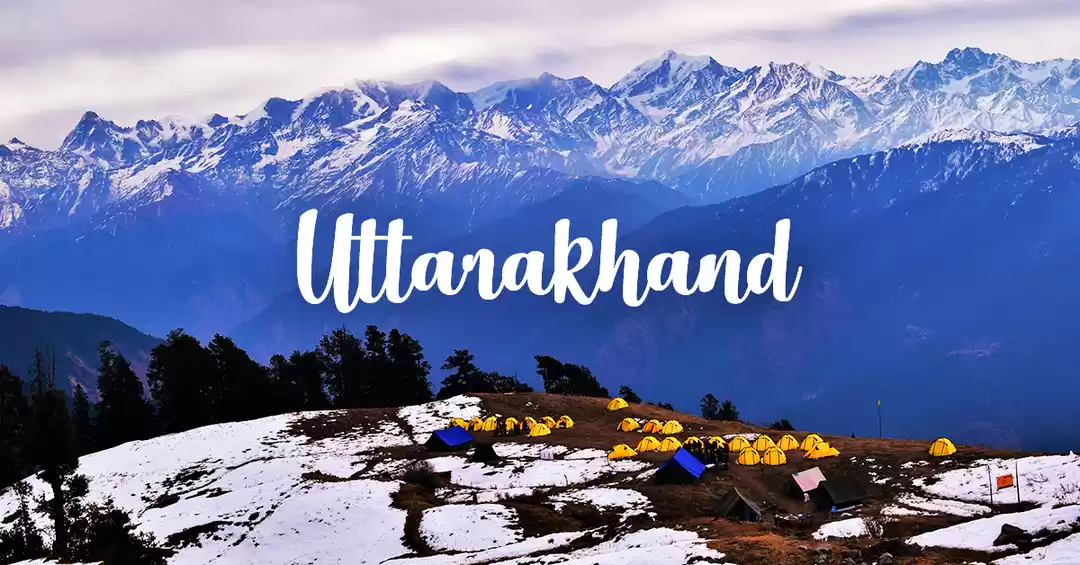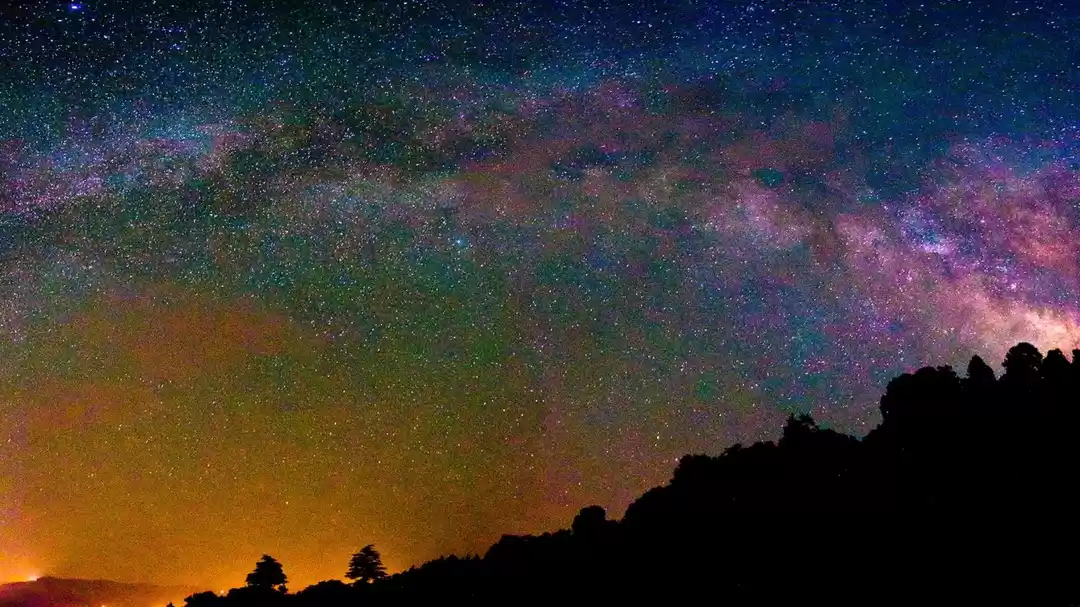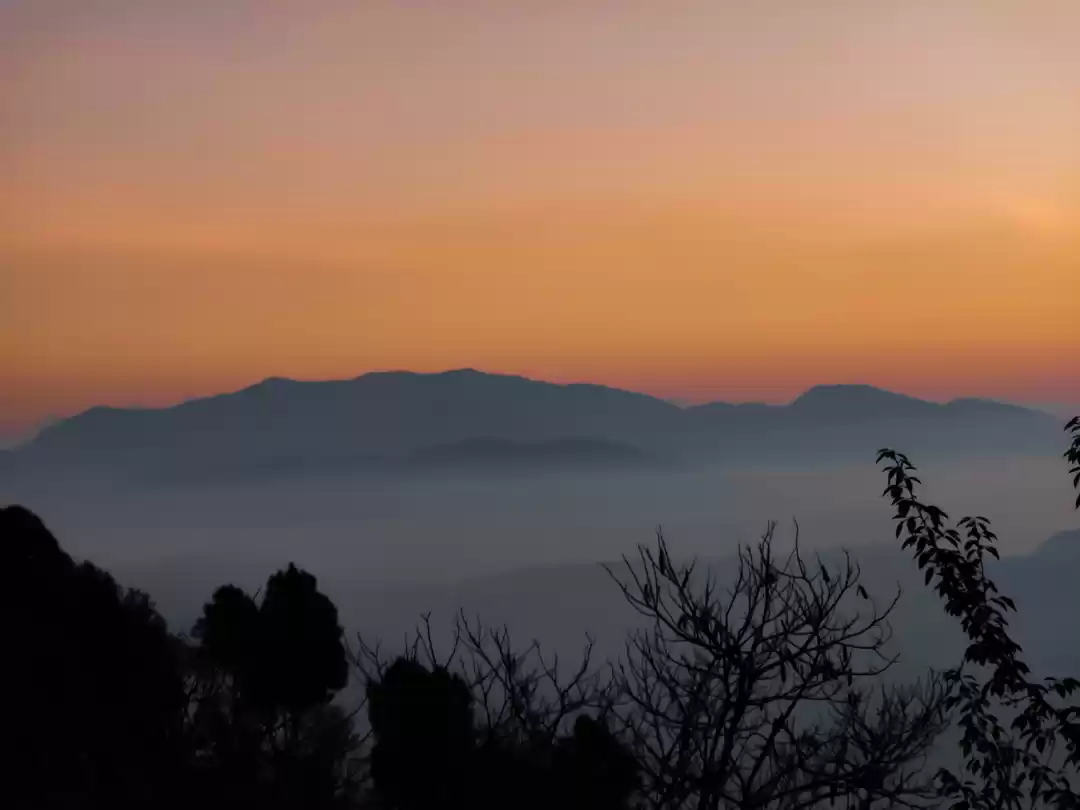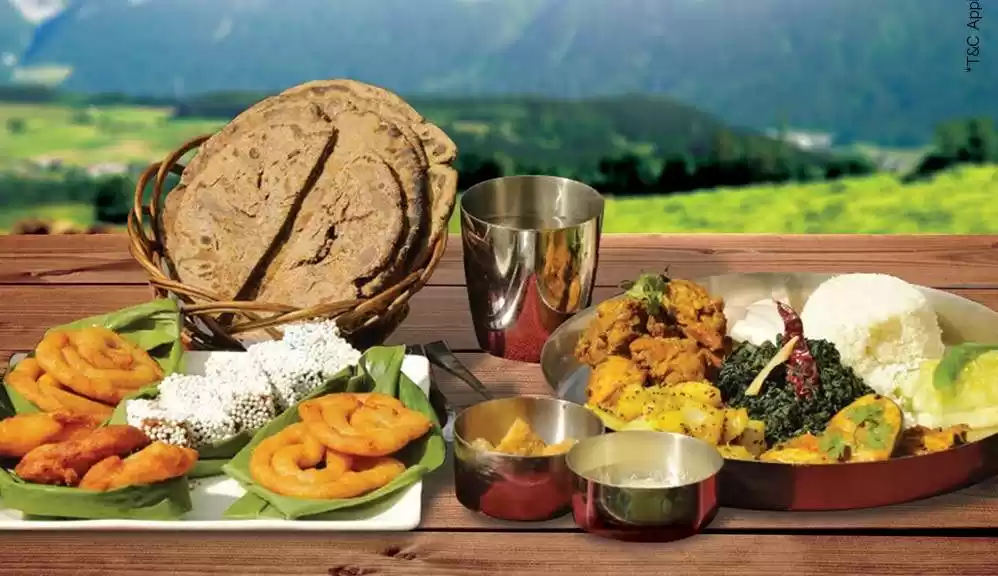Kumaon or Kumaun, derived from the word Kurmanchal which means Tortoise avatar of Lord Vishnu. To me it is not JUST a word; it is a ‘Feeling’. You feel Himalayas accepting you with open arms; you feel a million stars conversing with you. It’s all a heavenly feeling for which words never truly suffices. Many temples were built in Kumaon from 7th Century AD to 1300 AD, 400 temples were built in the district of Almora alone and 44 temples on Katarmal which is one of the four hills that encircle the town. Katarmal, an 800 year old Sun Temple, situated around 17Kms Northwest of Almora, is the second in importance after the Sun Temple of Konark in Orissa. Katarmal is known for a relatively rare Surya Temple, constructed by the Katyuri Kings in the 9th Century CE. Katarmalla, a Katyuri King constructed this temple, which has 44 smaller temples around the main deity of Surya, which called as Bara Aditya - the God Surya, built over 850 years ago. At an elevation of 2116 metres, it is 17Km from Almora - Ranikhet Road (3Km on foot) cross the river Kosi. Other deities are Shiva- Parvati, Lakshmi-Narayana etc. are also established in the Temple complex. Besides Katarmal, there are four other Sun Temples in India: 1. Modhera Sun Temple in Gujarat 2. Martand Temple in Kashmir 3. Osia in Rajasthan 4. Konark Sun Temple in Orissa. The first rays of the Sun fall straight on the Katarmal Sun Temple which is why this is one of the most important temples dedicated to the Sun God.

In the early medieval period, Kumaon was ruled by the Katyuri dynasty which was the branch of Kunindas origin and was founded by Vashudev Katyuri. The Katyuri dynasty ruled from 7th to the 11th Century AD and controlled large parts of Kumaon, established their capital at Baijnath in Bageshwar district which was then known as Kartikeyapura and lies in the centre of ‘Katyur’ valley. They used stones instead of bricks in these temples. Large stones were quarried and transported over the hilly terrain, and iron clumps were used to hold the stones together. The Sun Temple in Katarmal is notably popular for its magnificent unique architecture, artistically cut stones and metallic sculptures of medieval period and beautifully carved pillars and wooden doors, it has 44 small, exquisitely carved temples surrounding it. The image of Surya in the Temple dates back to 12th Century. Katarmal Sun-God, the idols of Shiva- Parvati and Lakshmi-Narayana are also found in the temple which is an example of intricate sculpturing. However, the intricately carved doors and panels have been removed and been taken to the National Museum in Delhi after the 10th Century idol of the presiding deity was stolen. Now, it is protected and preserved by the Archaeological Survey of India(ASI). This temple has been declared a monument of national and historical importance under the Ancient Monuments and Archaeological Sites and Remains Act, 1958.



Katarmal Sun Temple complex has one main temple surrounded by 45 smaller shrines exquisitely carved temple surrounding it. This temple has some unique architectural style and the image carved on the walls are very intricately done. Though amidst ruins, it still stands as a major point of attraction in the region and many devotees visit here to offer prayer to the Sun God. The Katarmal Sun Temple is a major pilgrimage centre that attracts thousands of Sun God devotees every year from different parts of the country and the world. A beautiful trek among the thick deodars leads all visitors, trekkers including foreigners to the Katarmal Sun Temple where they get a splendid view of Almora town and nearby villages from the temple ground.
During Makar Sankranti, Katarmal Mandir Samiti organizes a Bhandara for the devotees of Sun God where people enjoy the Prasad.

Reaching Sun Temple at Katarmal, Kosi, Almora.
1. Take a bus from Anand Vihar ISBT (Ordinary bus charges range from 400-500 Rs) or a train to Haldwani (Travel via train is cheaper if you reserve your seat in advance).
2. From Haldwani take a cab/bus to Almora (Cab on sharing basis would charge you 200-300, bus would charge you 100-150 Rupees)
3. From Almora, take a cab to Kosi village (up to Kosi village, on sharing basis the cab would charge you around 30-50 Rupees) or directly to Katarmal village which comes after Kosi village (uphill to Kosi village).

Kaberi Ghosh (Katarmal Sun Temple), A wonderful piece of information.
Points to remember.
1. Carry water.
2. Let the area be peaceful even in your presence.
3. Do not litter.




































